Drake Peak Lookout
Highlights & Remarkable Spots
Old Growth Juniper Stand / ~ Mile 3.0
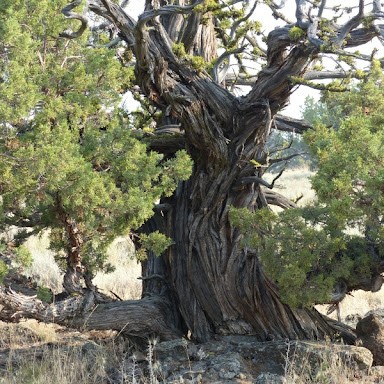
Juniper trees, known for the longevity and ability to grow in harsh environments, grow very slowly. Old growth junipers, which are relatively rare, can be distinguished by their twisted shapes, deeply furrowed and fibrous bark and the bright green lichen that grow on their branches. Old growth Junipers can be over a thousand years old.
Young Juniper trees can be invasive. The vast majority of Juniper trees are under 100 years old having expanded their range dramatically due to human causes. These young Junipers outcompete native grasses and brush for sunlight and water.
Give a listen to our podcast.
Quaking Aspen Grove / ~ Mile 3.5 to 3.8
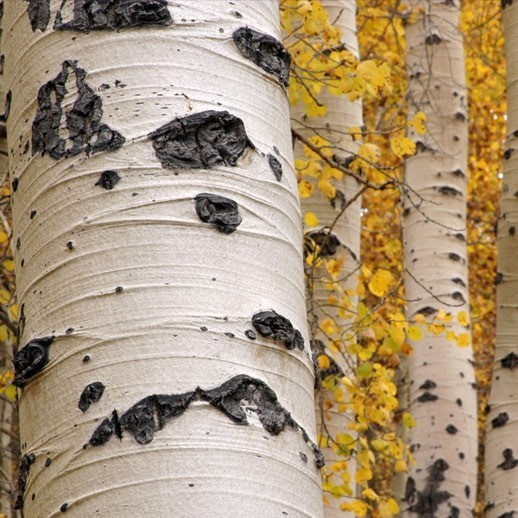
“Aspen groves are biological hotspots for wildlife. They draw in a lot of wildlife species,” says Amy Markus, wildlife biologist for the Fremont-Winema National Forest. “You find a greater diversity of wildlife species in aspen than in surrounding dry forest conifer landscape.”
On the Fremont-Winema, aspen stands are dwindling. In the seventeen years, Markus has been working in the forest, she has seen the decline.
“Our stands are quite small. With the lack of fire, conifers have become more dense and are crowding out the aspen,” she says. “We have probably lost several small stands.”
Bull Prairie / ~ Mile 5.5

Scenic Bull Prairie comes into view early in the ride and is also visible from Drake Peak Lookout.
We are looking for more information on the history and heritage of this place. Please leave a comment if you have information to share. Thx!
Healthy Ponderosa Forest / ~ Mile 8.5
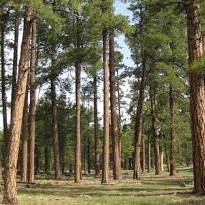
A healthy ponderosa pine forest generally consists of widely spaced individual trees. Older forests have 10 to 35 large trees per acre, with trunks wider than 50 inches.
In more resilient ponderosa pine forests, abundant light reaches the forest floor, which consists of grasses, short shrubs and few if any downed logs. Dead trees often remain standing providing habitat for birds and animals.
Old growth ponderosa forests have trees three to four hundred years old. These older trees lose their lower limbs protecting them from fires.
Drake Peak Lookout / ~ Mile 12

Standing on Light Peak (not Drake Peak!) of the North Warner Mountain Range at an elevation of 8,222 feet you can look over Oregon, Nevada and California. The peaks closest to Light Peak are Twelve Mile Peak, Crook Peak and Drake Peak. Hart Lake and Hart Mountain can also be seen to the Northeast. Mount Shasta is visible to the southwest when visibility is good.
The cabin on Light Peak was constructed in 1948 and used as a fire lookout. Still present in the cabin are an Osborne fire finder, used to site smoke in the distance and determine the direction it is coming from and a disc with map and compass directions. Today the cabin may be rented during the summer and fall.
Crane Mountain / ~ Mile 21.5

Crane Mountain, the tallest peak in Lake County, stands southeast of Lakeview and can be seen to the south from Drake Peak Lookout and along parts of the return route.
On its western side, overlooking Goose Lake, Crane Mountain reveals its two main rock types. The mountain is primarily composed of basalt, a dark volcanic rock. Beneath this basalt layer lies the John Day rhyolite tuff formation, a lighter-colored rock created from hardened volcanic ash. Both rock layers became visible when fault block movement tilted the formations, giving shape to the mountain.
Image, clickable. Crane Mtn as seen on descent at ~ Mile 21.5.
Credits & Acknowledgements
This route is funded in part by Travel Southern Oregon.

When We Like to Ride This
The U.S. Forest Service website states that Drake Peak Lookout is available to rent June 15th through October 15th depending on snow levels. This ride will share a similar window. Note, this rides starts at 5600 feet and climbs to 8200 feet.
We love this ride in both spring and fall, when the landscape bursts with color. In spring, you’ll find flowing creeks and vibrant wildflowers, while in fall, the scenery transforms with the brilliant hues of changing leaves.
Terrain & Riding
The Terrain
The landscape features dense forests and expansive high mountain meadows. You will encounter a diverse mix of trees, including junipers, ponderosa pines, and Douglas firs. The undergrowth is rich with rabbitbrush, skunk cabbage, wolf lichen (listen to our podcast on this), and sage.Forest, high mountain meadows.
The Riding
This is an out and back route with one turn to keep an eye out for. The surface begins with pavement and then transitions to good gravel. Drake Peak Lookout is said to be the highest fire lookout in Oregon accessible by car, so while we didn’t encounter any vehicles, it may see some traffic.
From Camas Snow Park ride north on paved Forest Service Road 3615. The route begins with a 3.7 mile climb that averages 5% and has a maximum grade of 9.5%. The pavement is generally good but there are some large, deep potholes that should be remembered for the return descent.
After this initial climb the pavement levels out as you ride along beautiful Bull Prairie. At approximately mile 5.3 you’ll find a stand of impressive aspen trees.
Look for a sign for Drake Peak at about mile 6.5. This is your right turn onto gravel and the beginning of the biggest challenge of the day. The climb to Drake Peak is approximately 5 miles long and averages 6%. The gravel (ex: pea gravel+) is good right up until you reach the lookout itself. The last pitch kicks up here to 12% and becomes rougher.
Normal precautions for loose surfaces and the possibility of a car or two are recommended for the descent. Enjoy the views as they roll past!
The Start
Camas Sno-Park, located 20 minutes northeast of Lakeview on Highway 140, has a large parking area suitable for trailers and rv’s. There is also a restroom on the backside of the sno-park.
Food & Water
- ~ Mile 4 and 20 Walker Trailhead has a vault toilet.
- ~ Mile 6 and 8 Mud Creek Campground has a pit toilet and hand pump well.
- ~ Mile 12 Drake Peak Lookout has a vault toilet and picnic table. It does not have water.
Route Notes
We recommend a red, blinking light with rear looking radar detector, like a Garmin Varia, for Forest Service Road 3615 (miles 0 to 6.5 and miles 17.5 to 24).
As mentioned wildlife may be seen during your ride. If big game animals are present please minimize your impact by stopping so the animals no longer feel like they are being chased. Be patient and wait for them to wander off. For more information on how we can minimize our impact on wildlife listen to Wildlife Impact with Amy Stuart.
At Bull Prairie you may encounter free range cattle and open grazing. If cows and bulls, give you scare take a look at our resource page on navigating around them safely. Note that “whooping and hollering” is not the way to get by cattle. All this does is create anxiety in the animals and ultimately unpredictable behavior.
As noted, we have rated this route a 3 out of 5 for aerobic demand. For some it may be a strong 2, for others it may be an easy 3. The technical difficulty is moderate due the 10% to 12% pitches on descent. There can be some washout.
Route Options
Shorter Option
A shorter option to this route is the Bull Prairie (yet to be published) version. It does not climb to the lookout, but rather swings a loop around Bull Prairie on a red cinder road. The Bull Prairie option paired with Drake Peak Lookout is perfect for riding groups of mixed abilities.


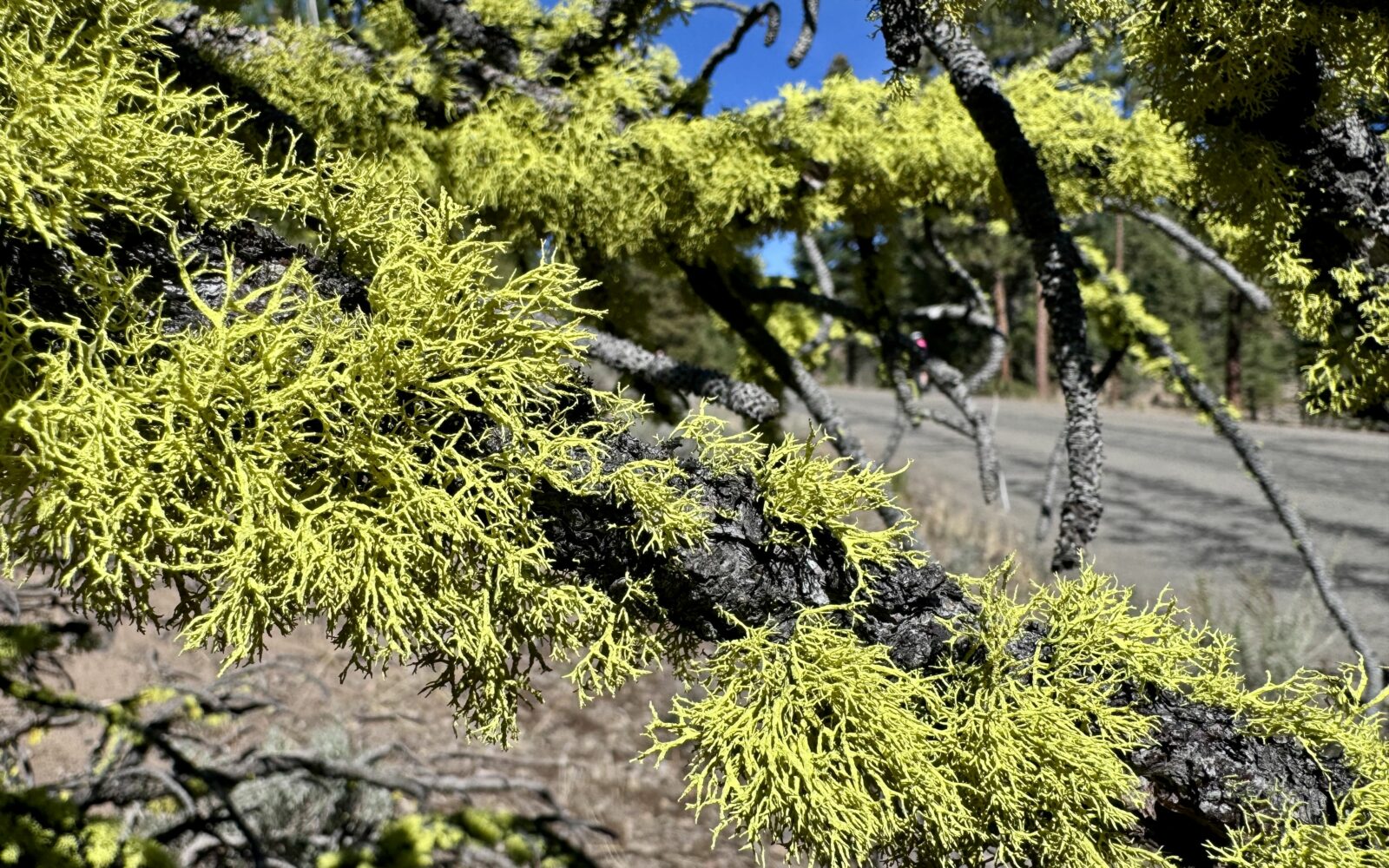
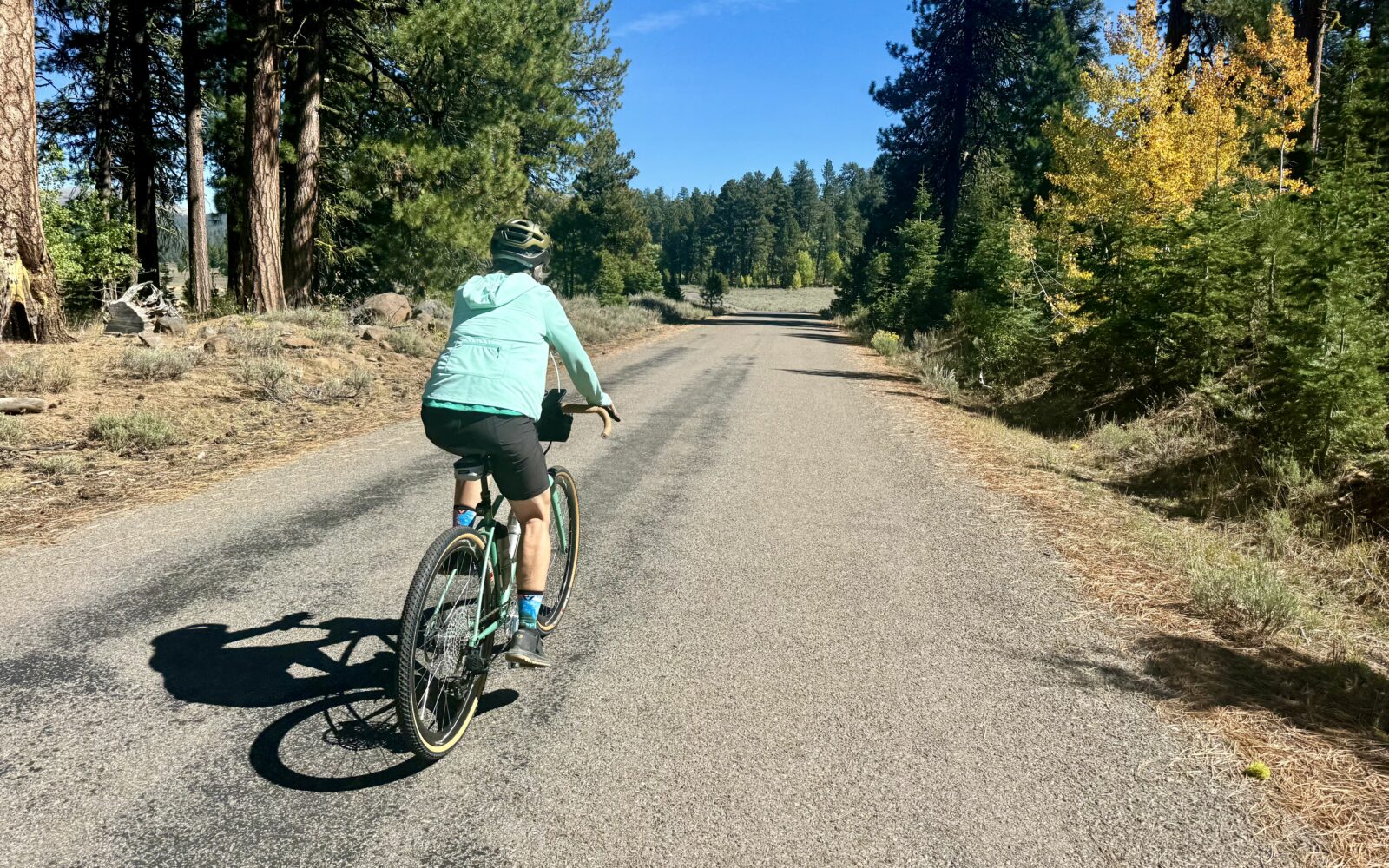

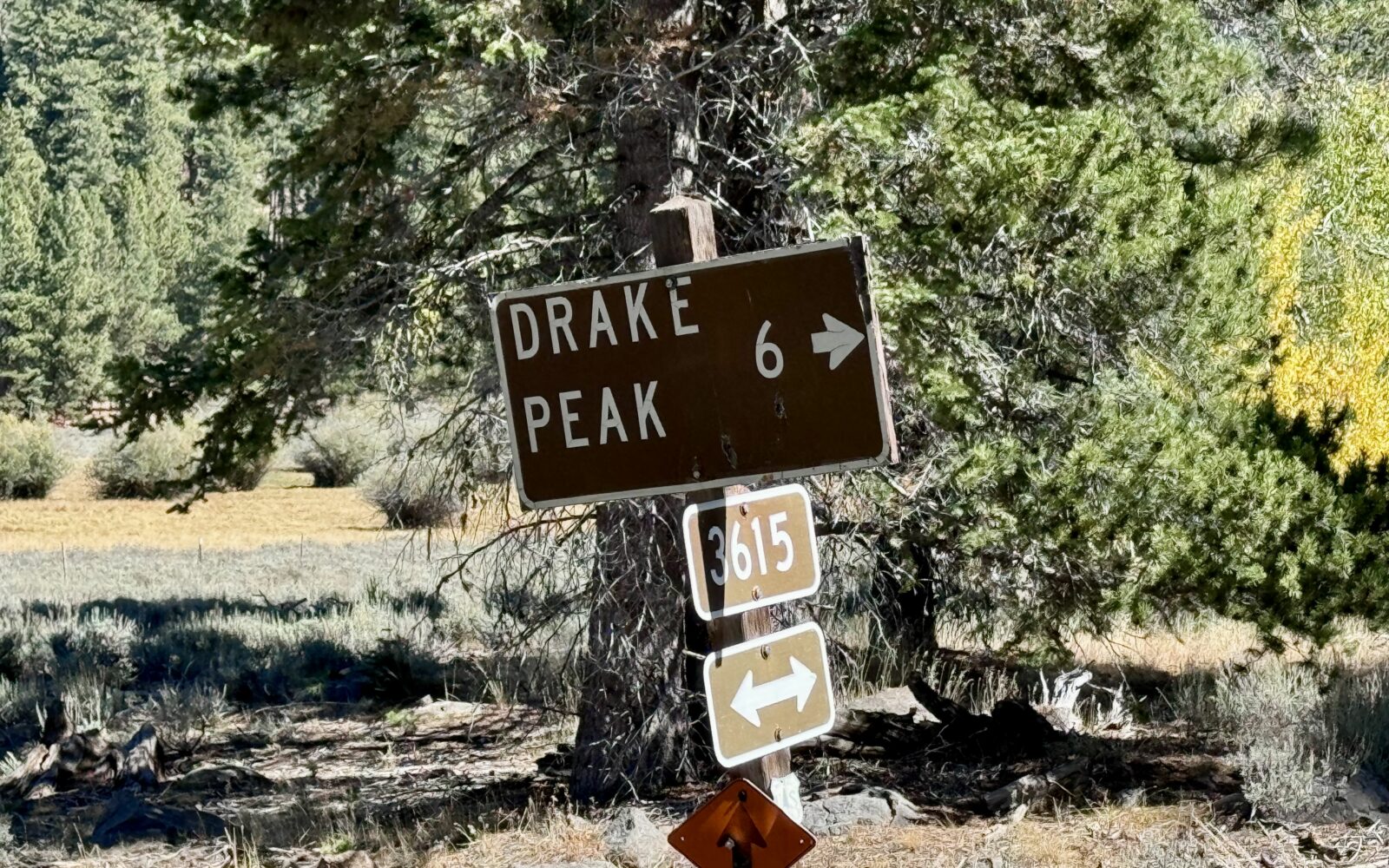


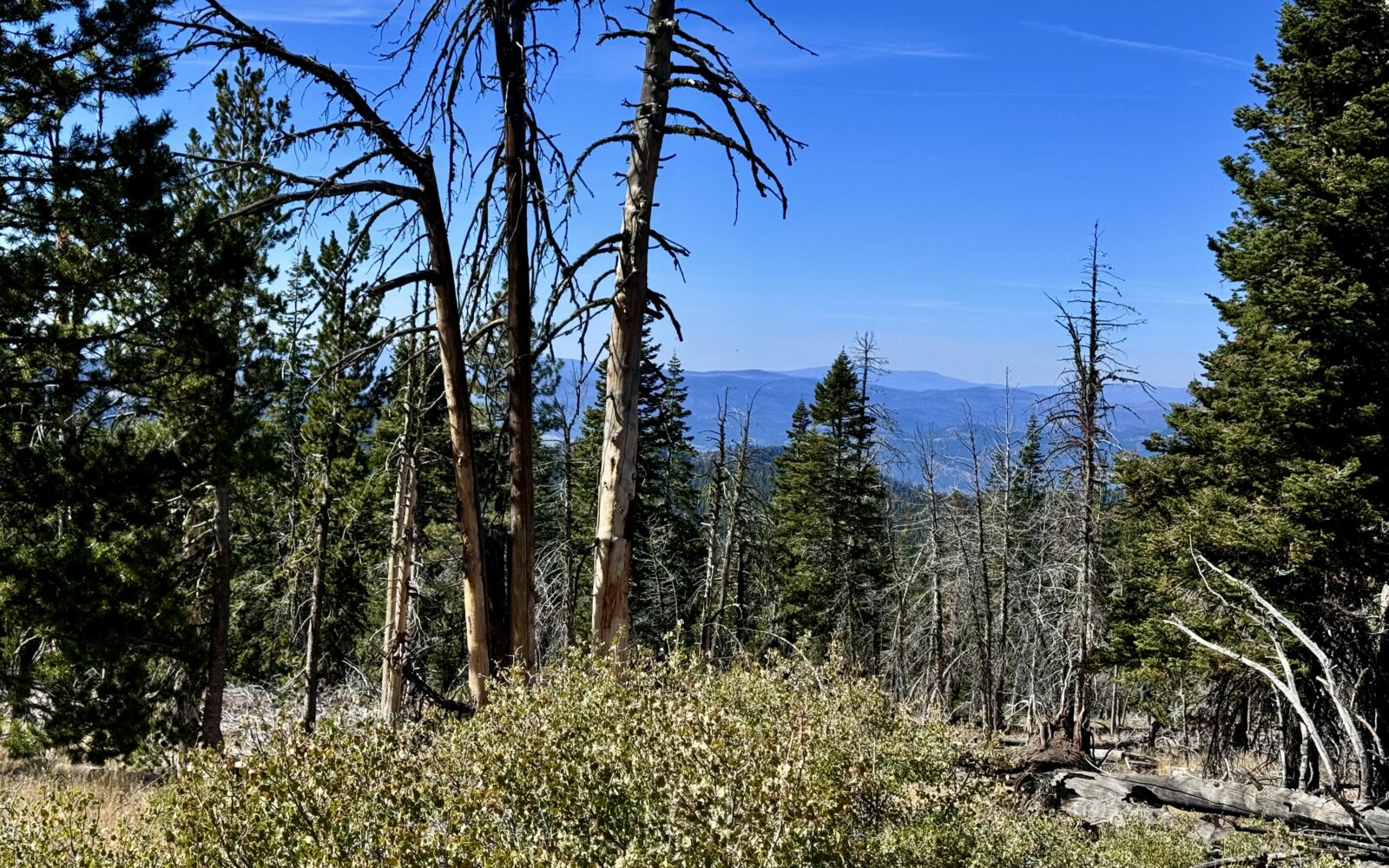
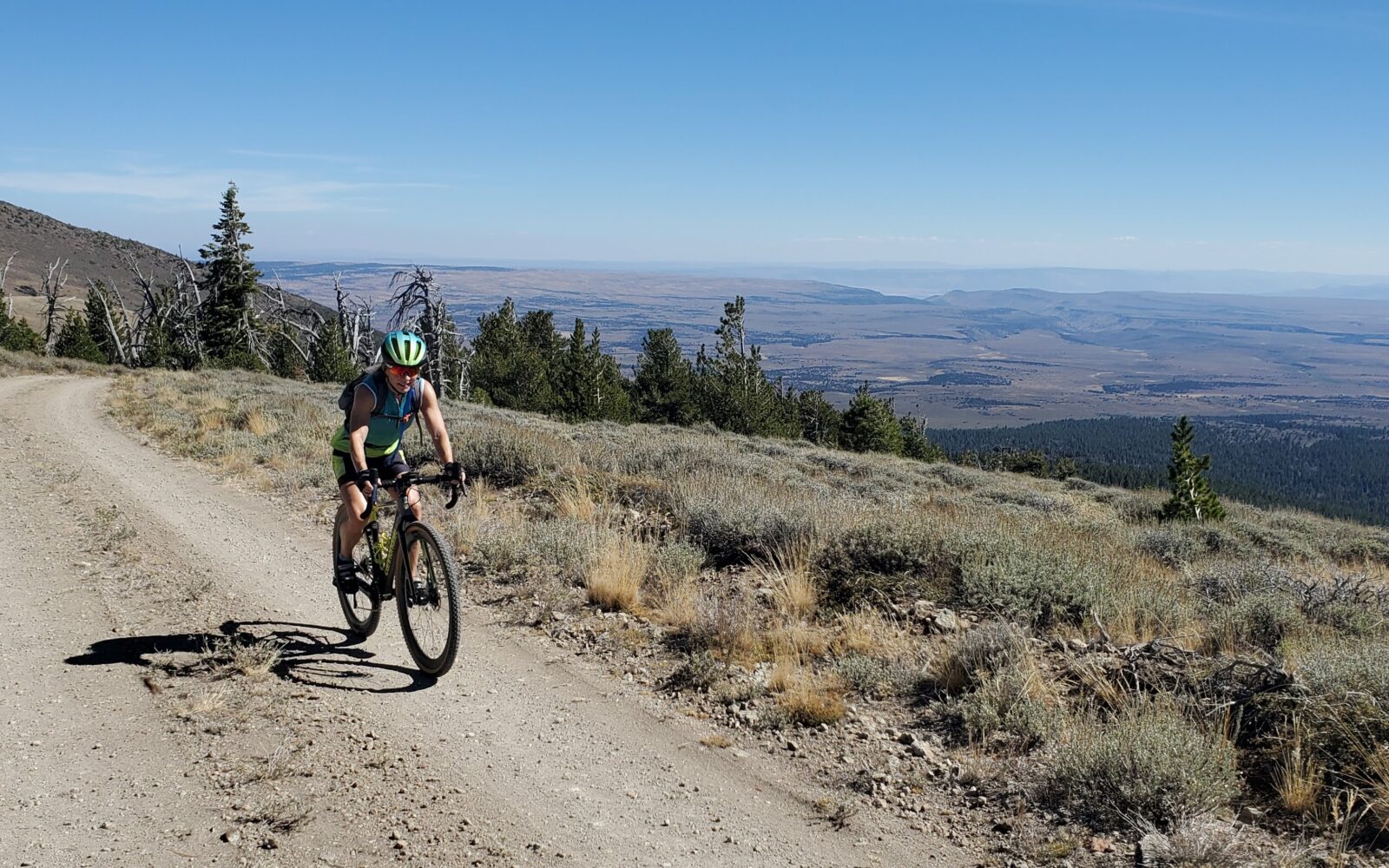
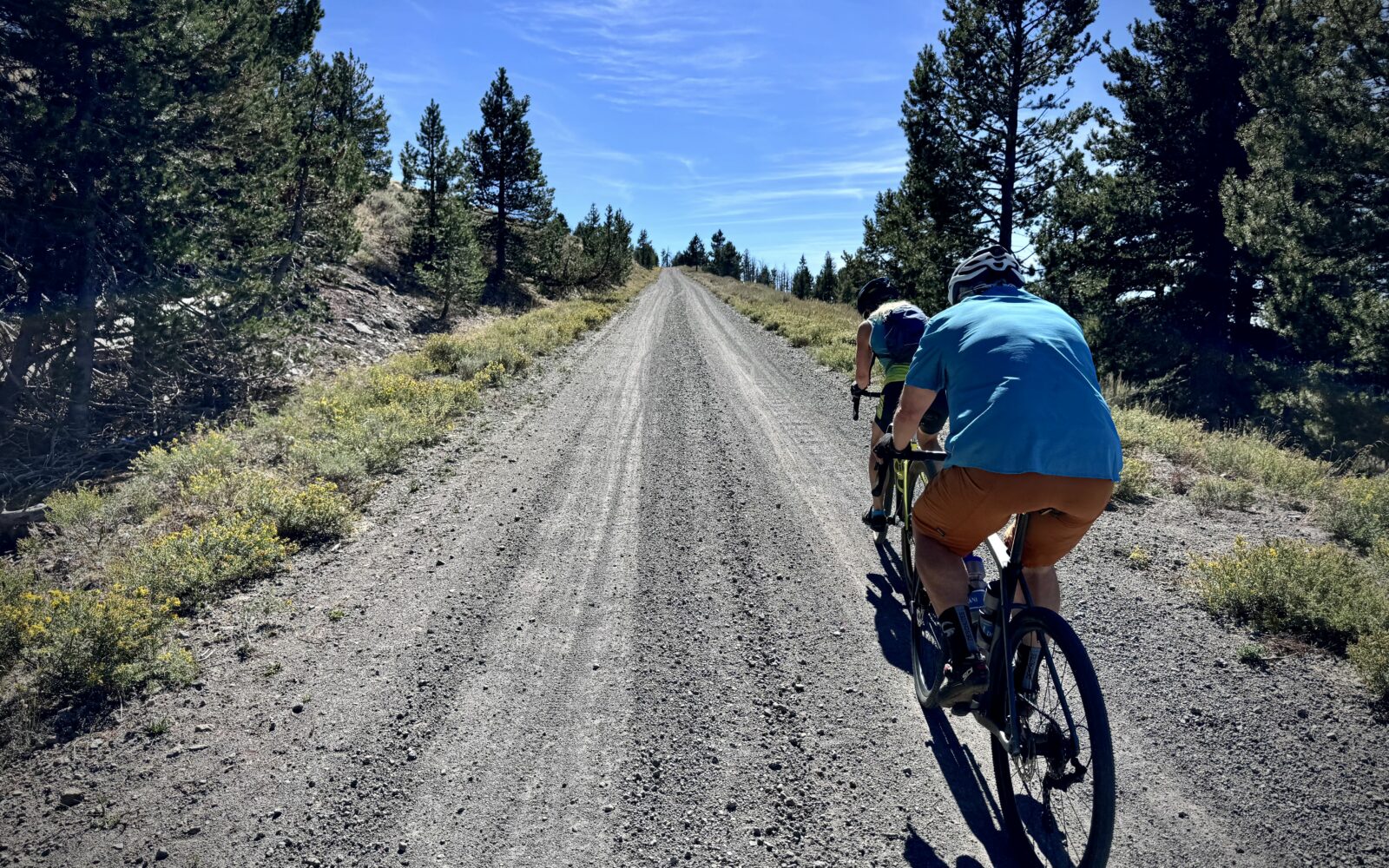

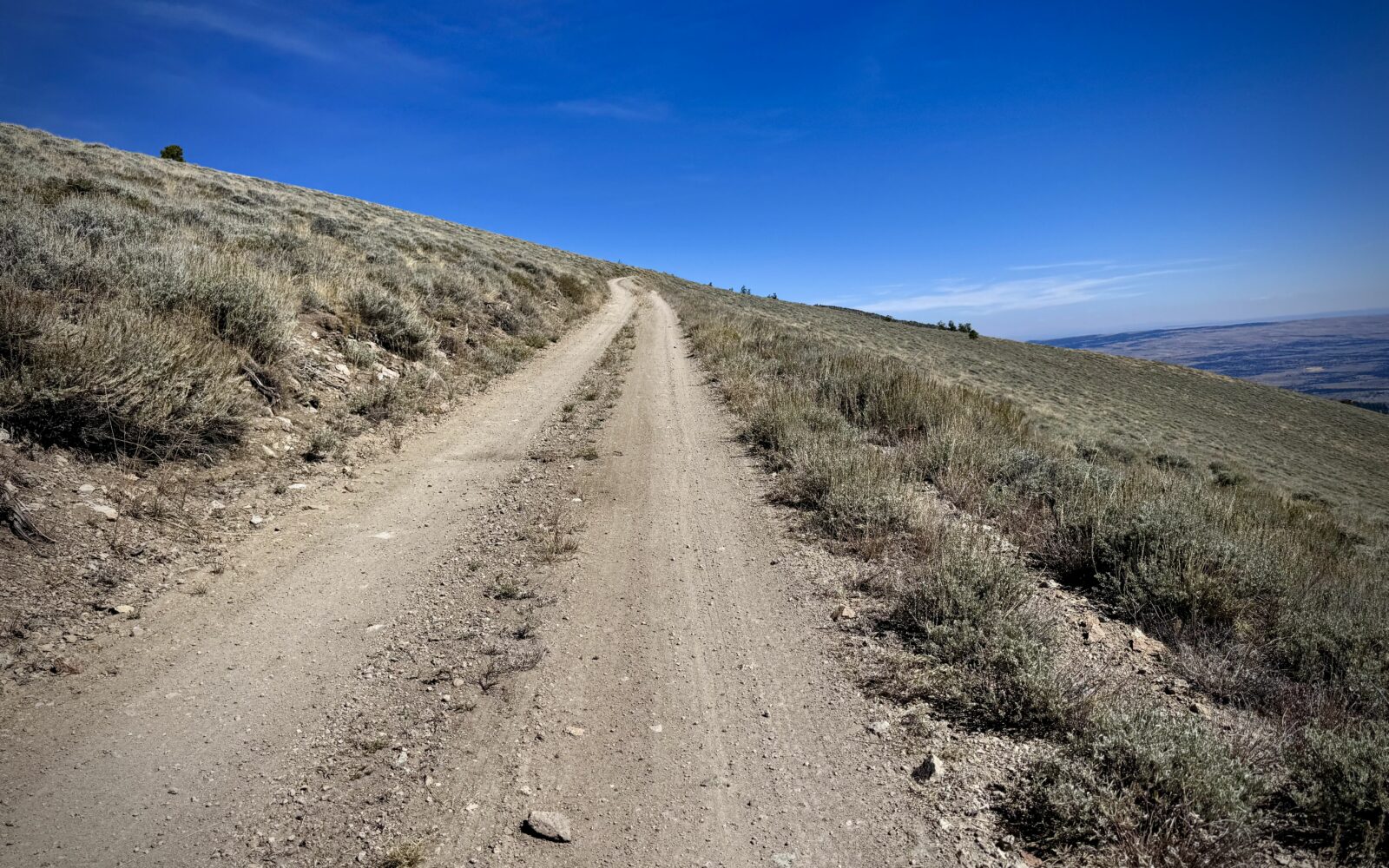
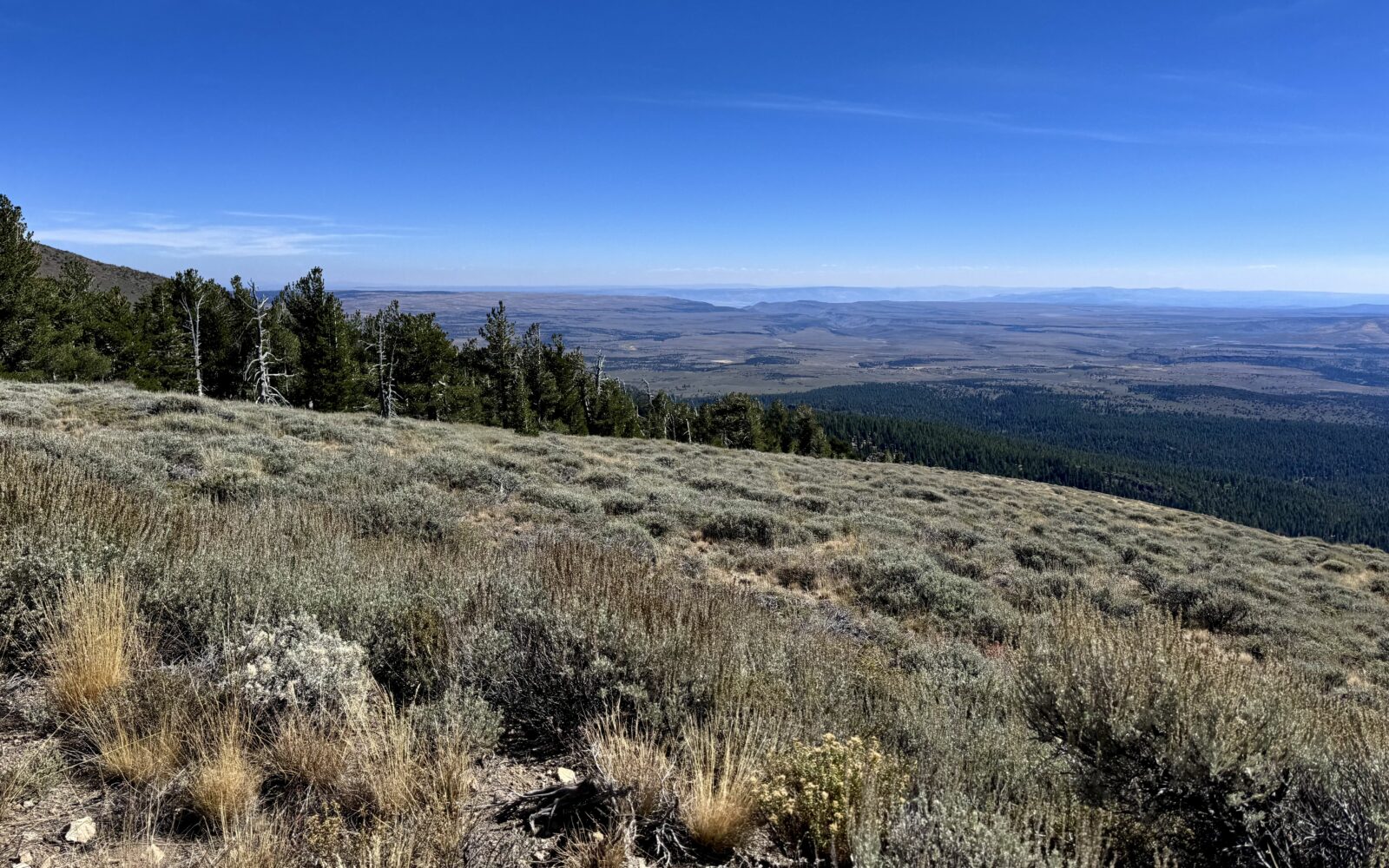
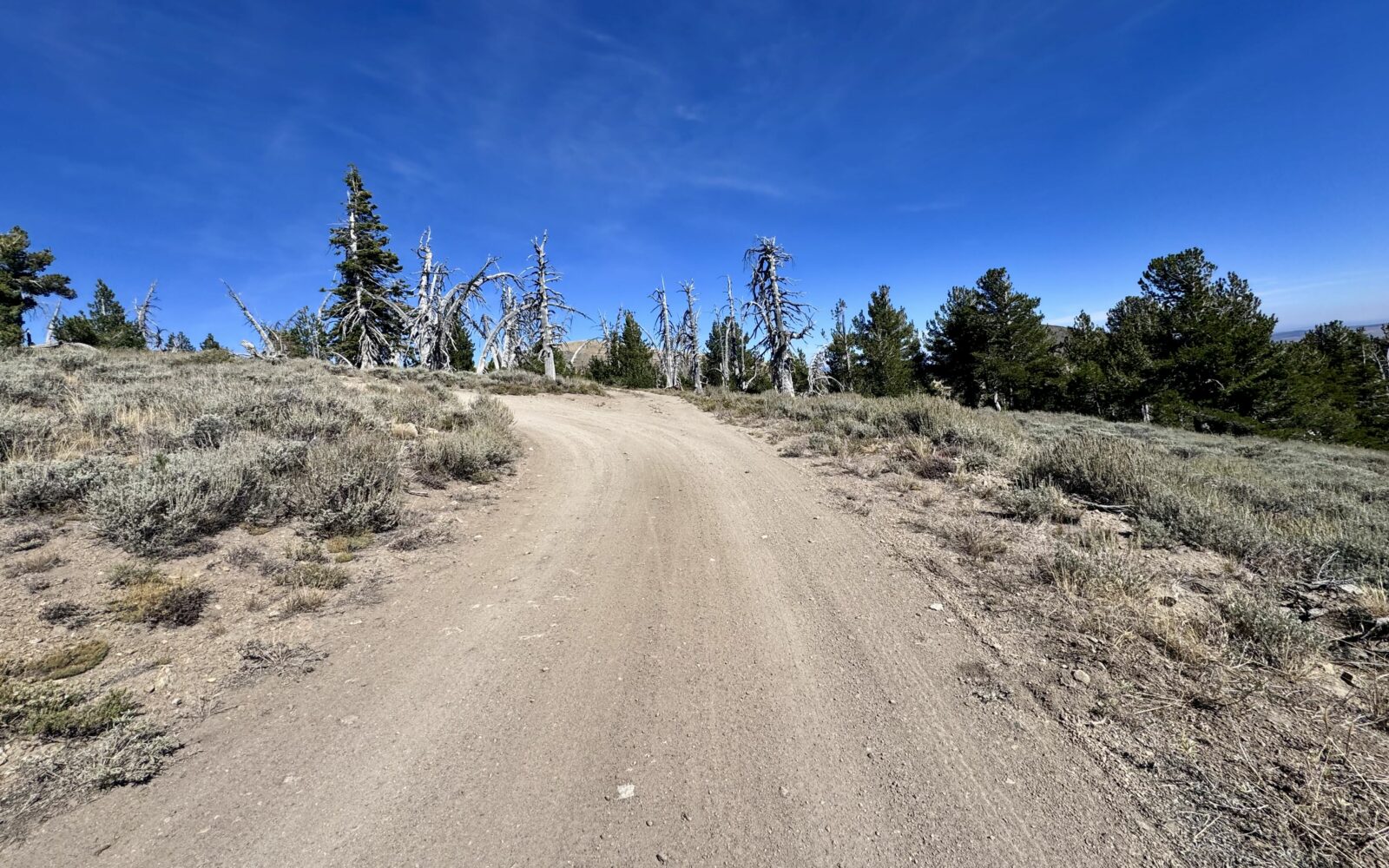



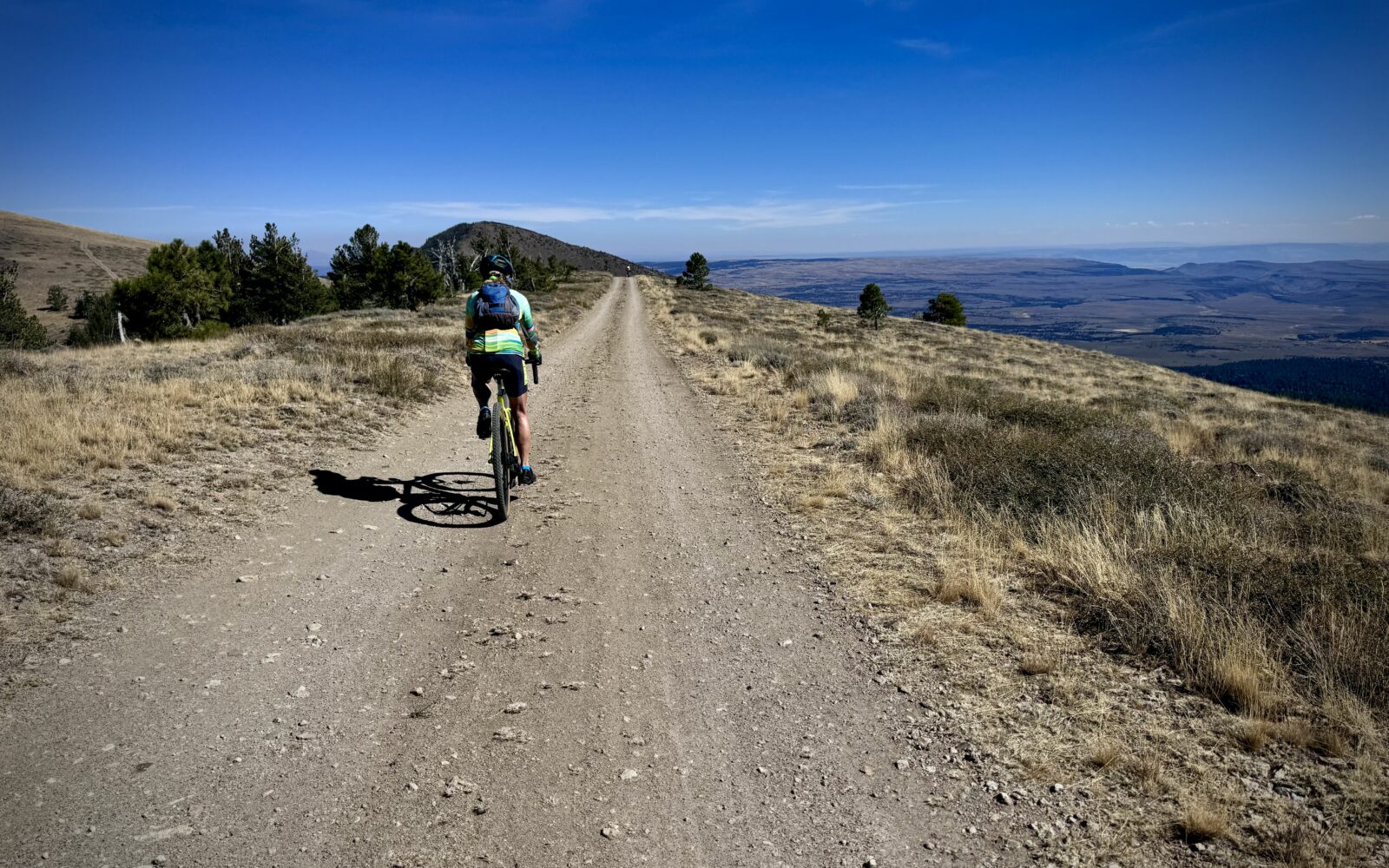
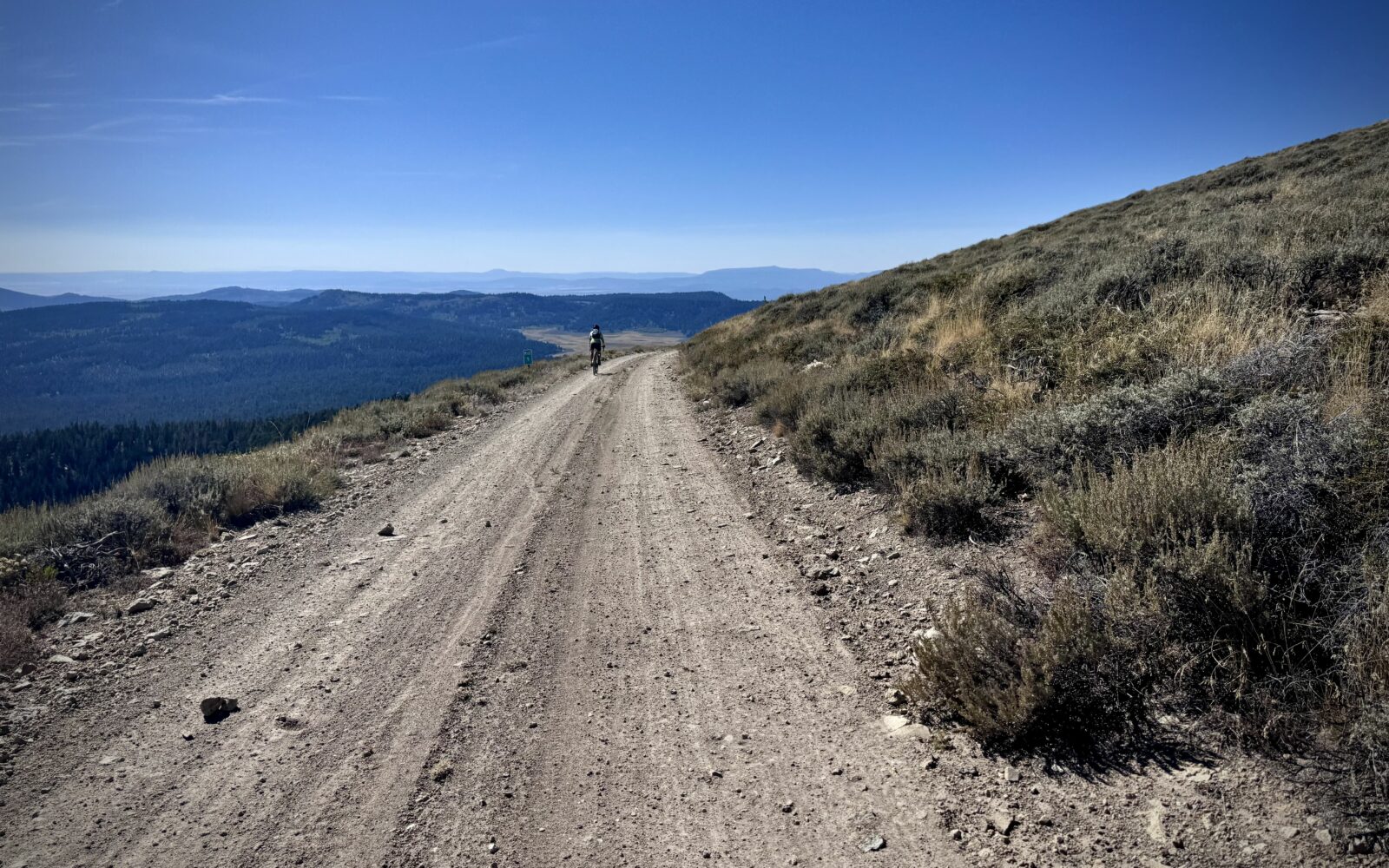
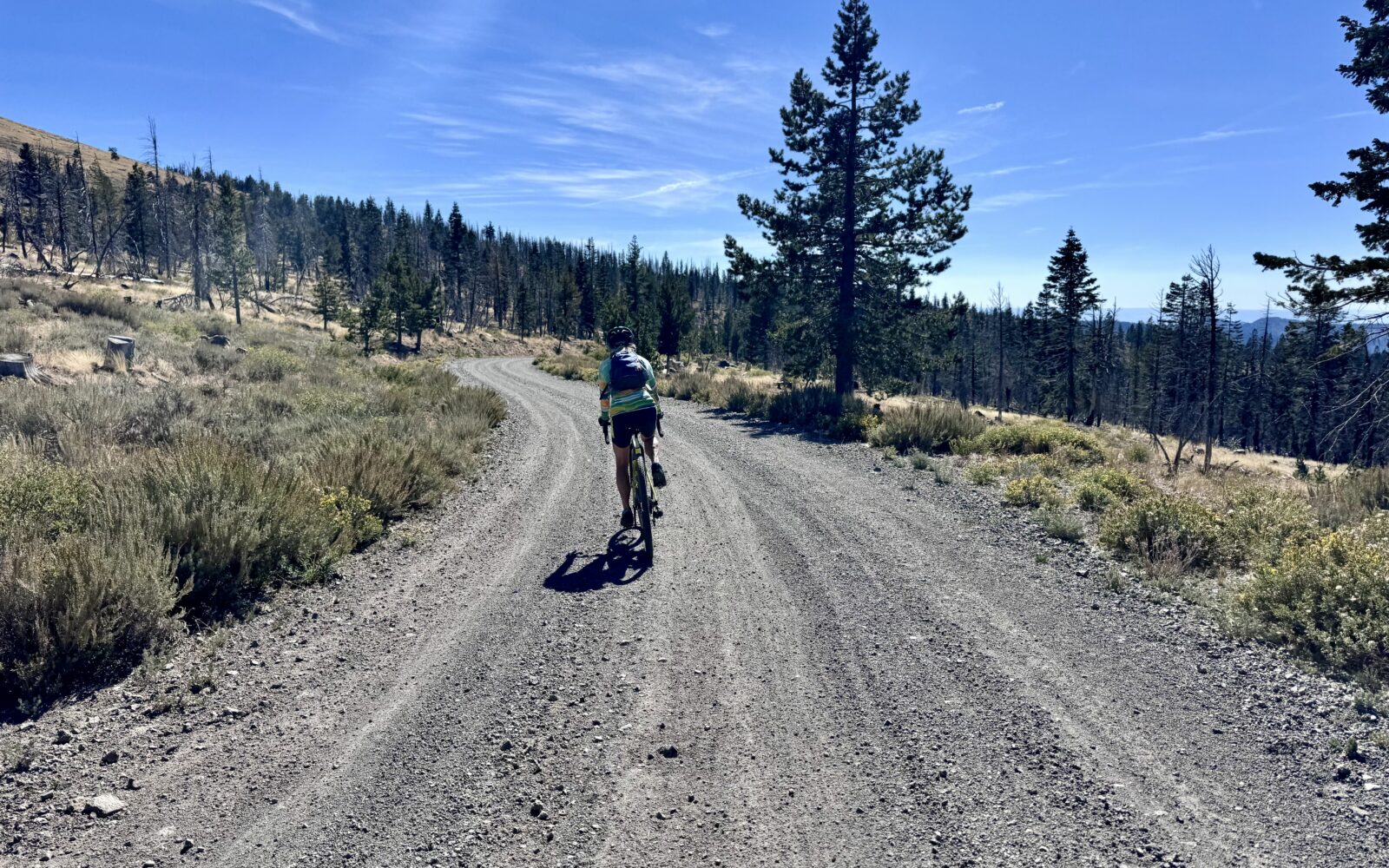
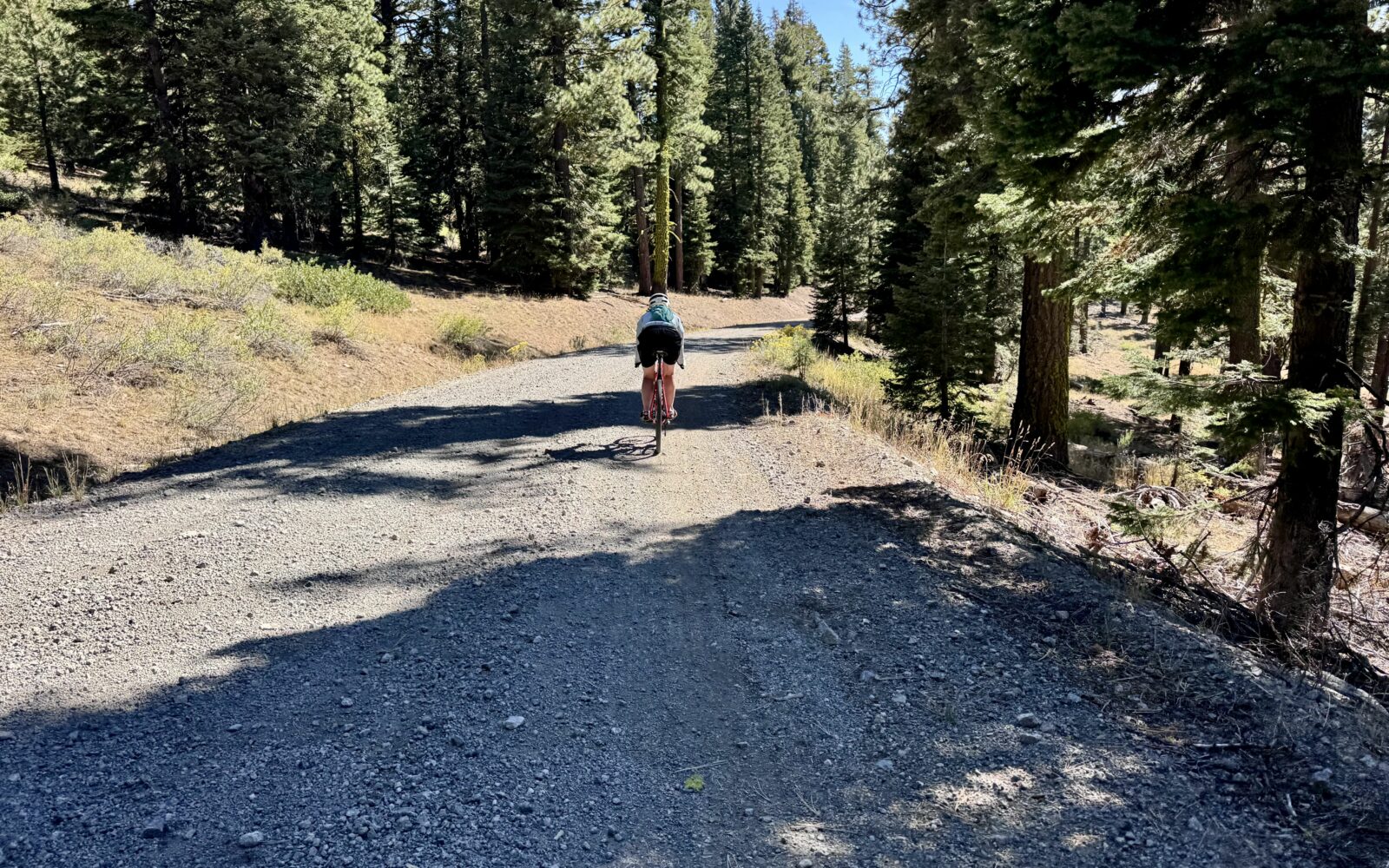
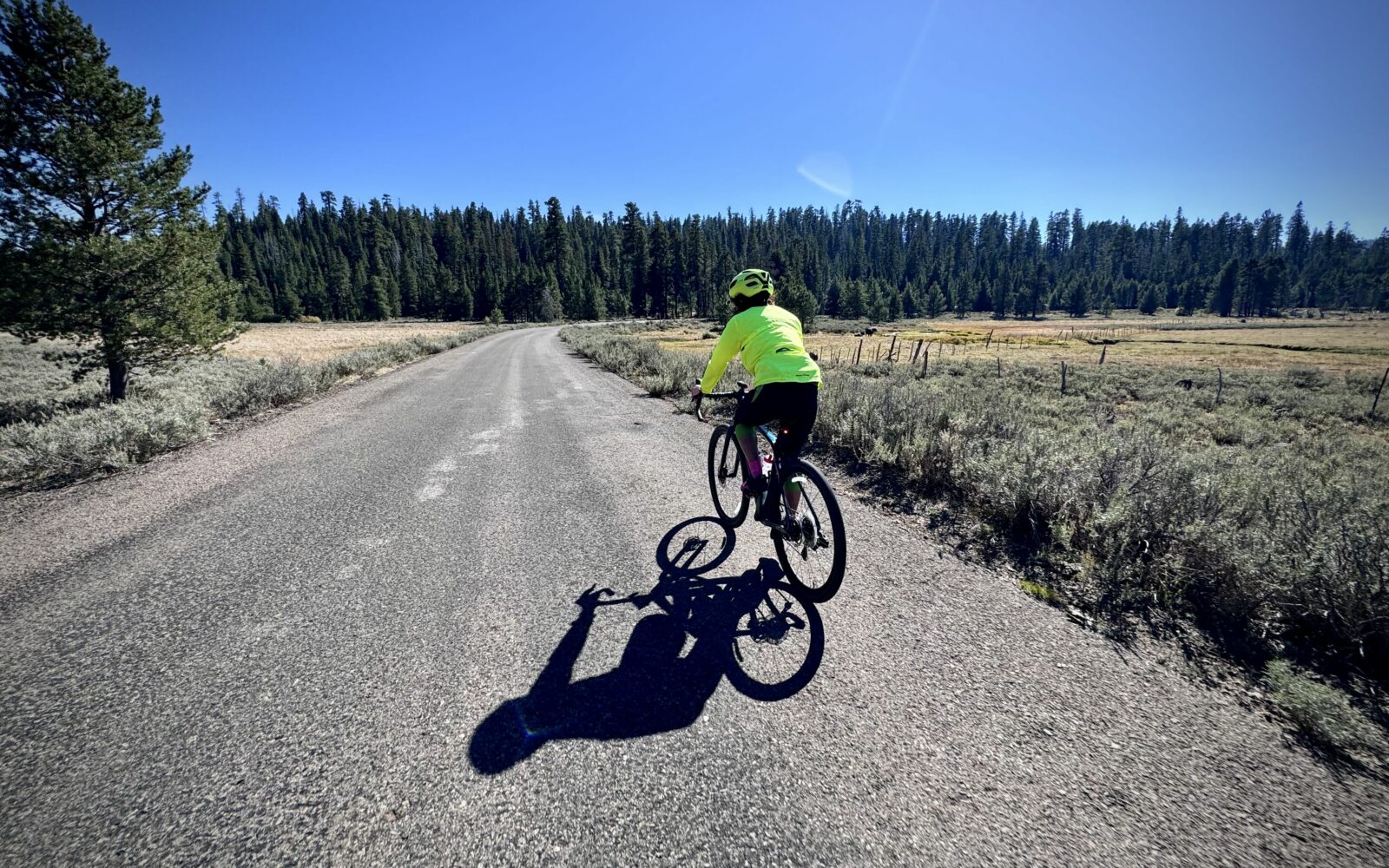
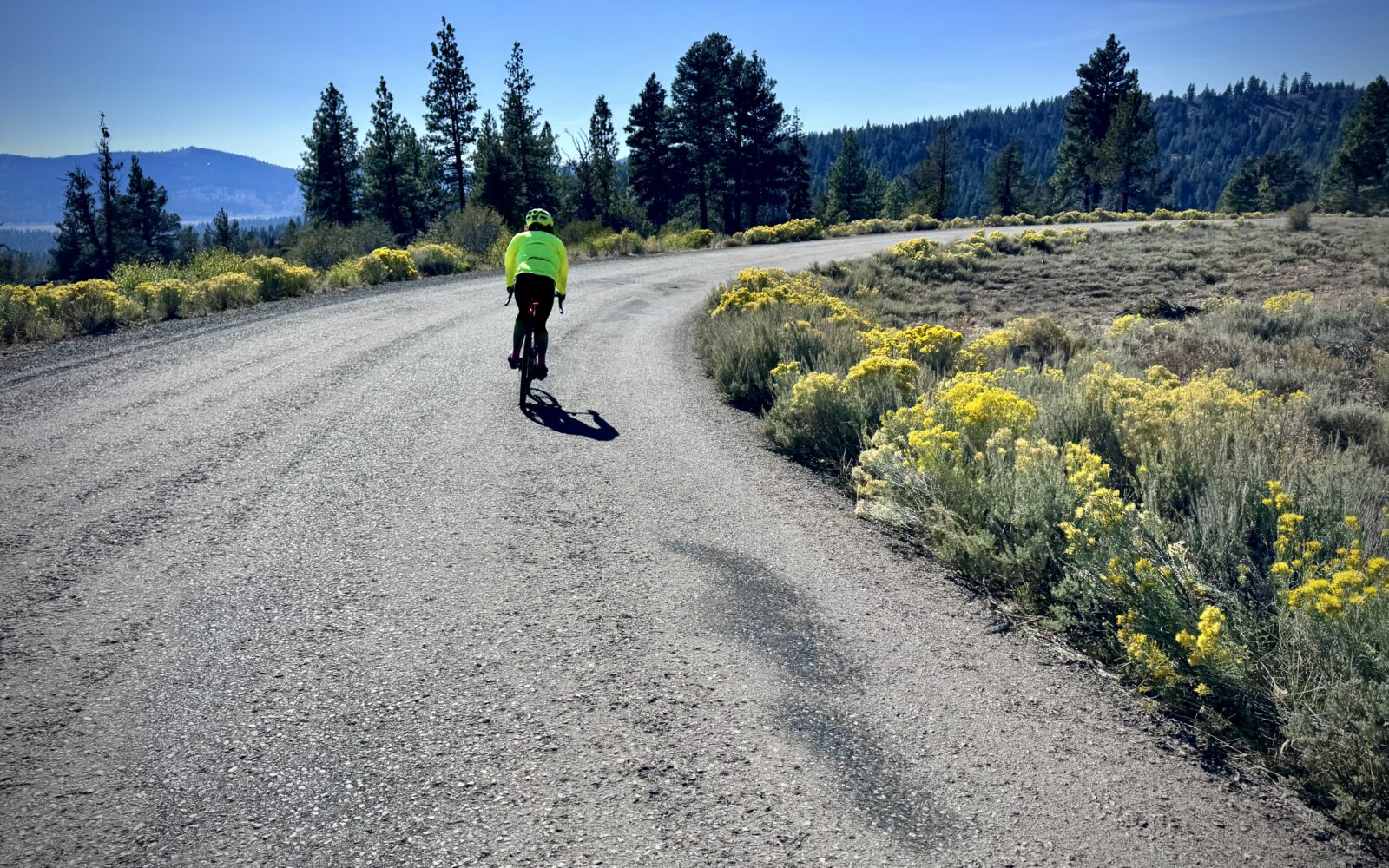
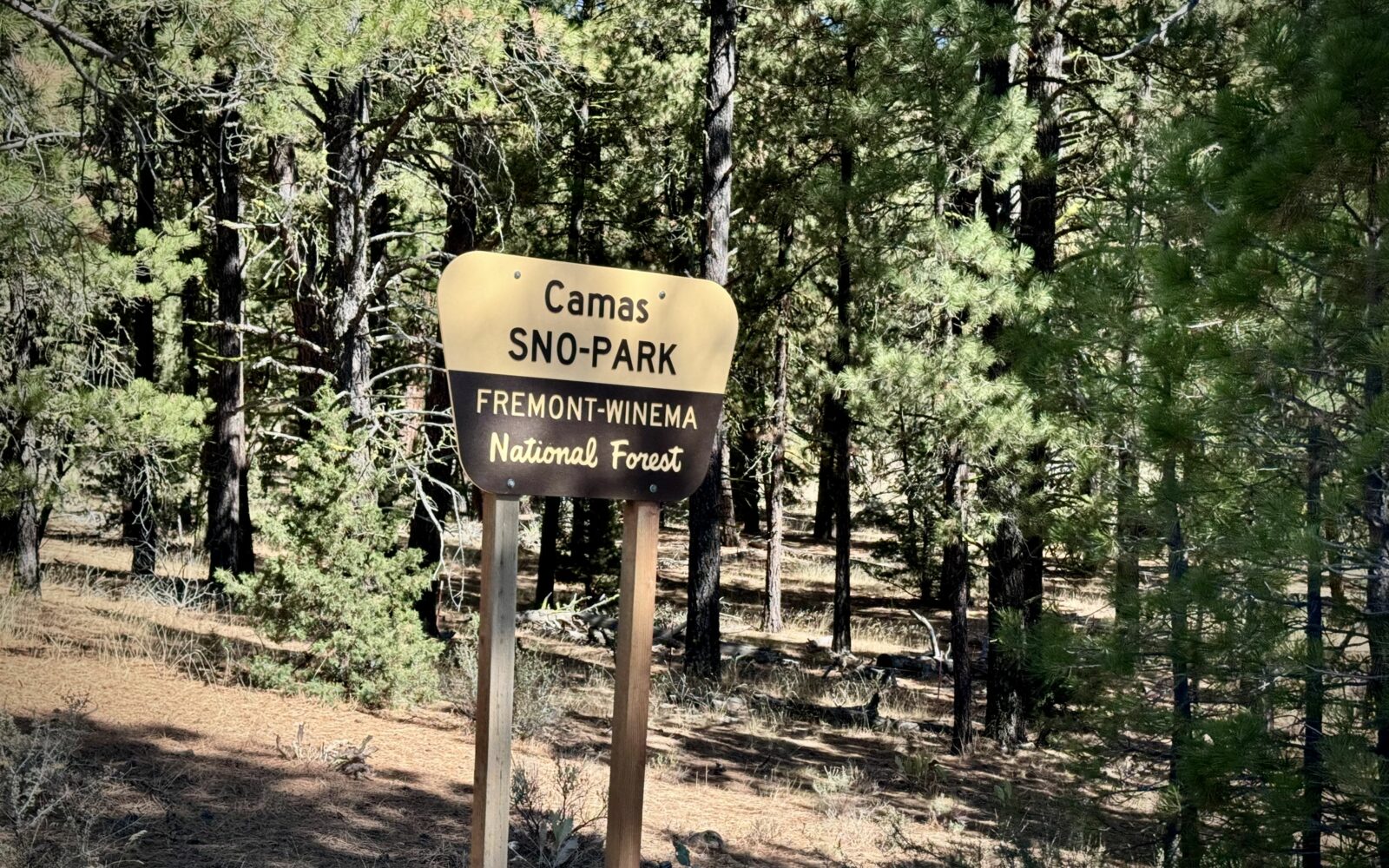
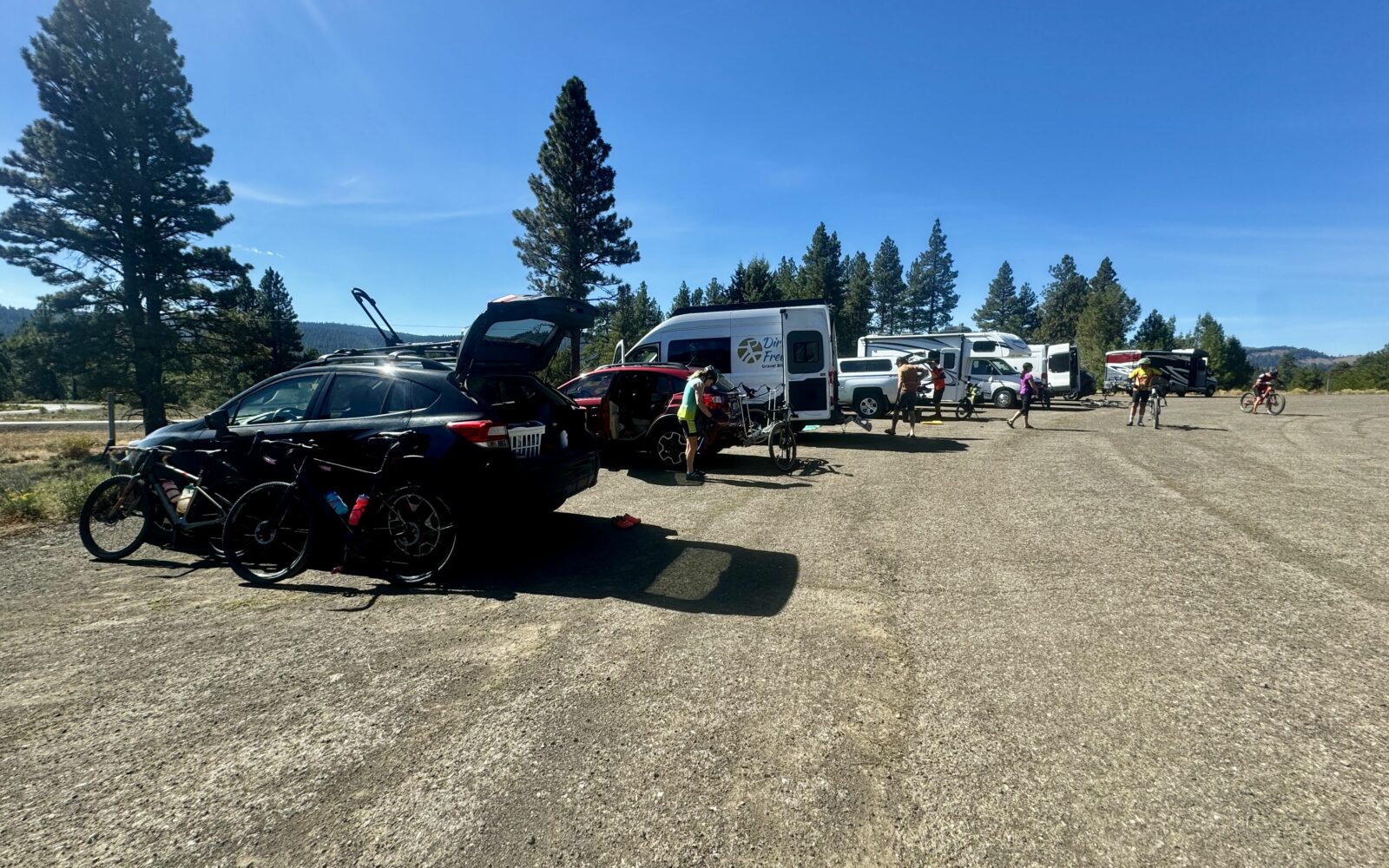
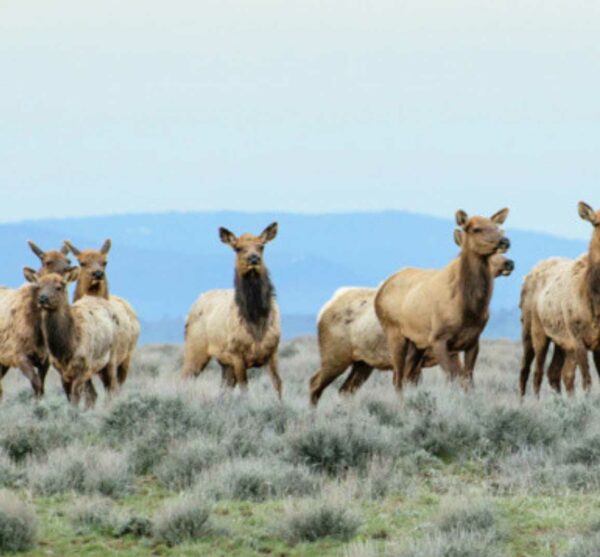

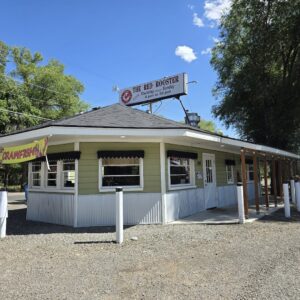

 Behind every route is scouting, mapping, storytelling, and a whole lot of pedal power.
Behind every route is scouting, mapping, storytelling, and a whole lot of pedal power.
Have you ridden this route? Got a question? Join the discussion!